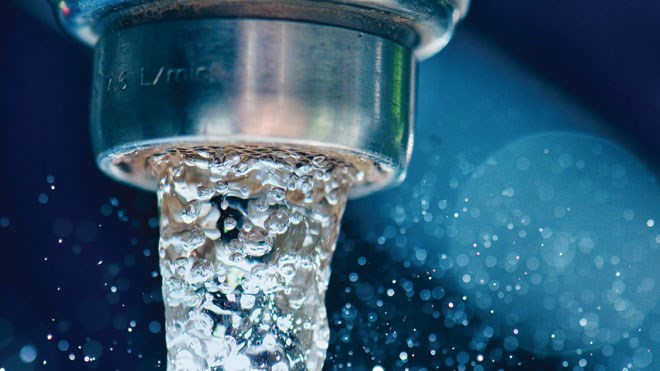Five Guelph public schools are undergoing a treatment plan for higher than normal lead levels found in their drinking water.
According to Heather Loney, communications and community engagement officer at the Upper Grand District School Board (UGDSB), the following five schools had an exceedance of lead in a flushed sample in one or more fixtures in the school: Centennial Hylands, Edward Johnson, Parkinson Centennial, Waverley Drive, and Taylor Evans.
These schools have had fixtures tested for lead concentrations higher than 10 parts per billion (or 10 µg/L), in water that has been flushed for five minutes from the fixture, according to Lorraine Millar, the Environmental Coordinator at the UGDSB.
As of July 1, 2017, Ontario enacted new regulations under the Ontario Regulation 243/07 to ensure safe drinking water in schools and daycares across the province.
According to John Veit, manager of plant operations at the UGDSB, Guelph’s schools have been testing for lead in drinking water since 2007. However, in the past each school building was only required to test one fixture per building.
With these new regulations, the requirements are that one in every three taps per building be tested by the end of 2017. Elementary schools must have all fixtures that provide drinking water, or water that is used for cooking tested by 2020; secondary schools have until 2022.
The process of testing water for potential lead contamination involves a standing sample and a flush sample, explained Veit.
A standing sample tests the water that is sitting in the fixture, and a flushed sample tests the water once it’s been “flushed” for five minutes.
There is stringent protocol required for fixtures that have tested positive for lead contamination.
The fixtures at the five schools that tested above 10µg/L were bagged and inaccessible to students and teachers immediately. Work orders have been placed for all of these fixtures to either be replaced or fixed, and the school fixtures are all flushed daily by the custodian, who records their work in a logbook, confirmed both Veit and Millar.
Last week the Toronto Star covered a story outlining 640 schools that tested positive for lead levels in drinking water at schools and daycares, however the schools they listed were from results in 2016.
Tracy McLennan, superintendent of corporate services and treasurer at the Wellington Catholic District School Board confirmed that they are also testing the fixtures of schools under their board. According to a chart received, no schools under the WCDSB exceeded 10µg/L in 2017, however some were within the 1.1µg/L to 10 µg/L range, which requires weekly flushing of the pipes and fixture.
According to Heather Loney, parents, teachers and students in the UGDSB were notified of the changes to water testing protocol and the results of the testing at the end of the 2016/2017 school year.
Parents or students with questions or concerns about their specific school are asked to reach out to their school principal.
For extensive results and data on lead testing over the last three years, please click here.
